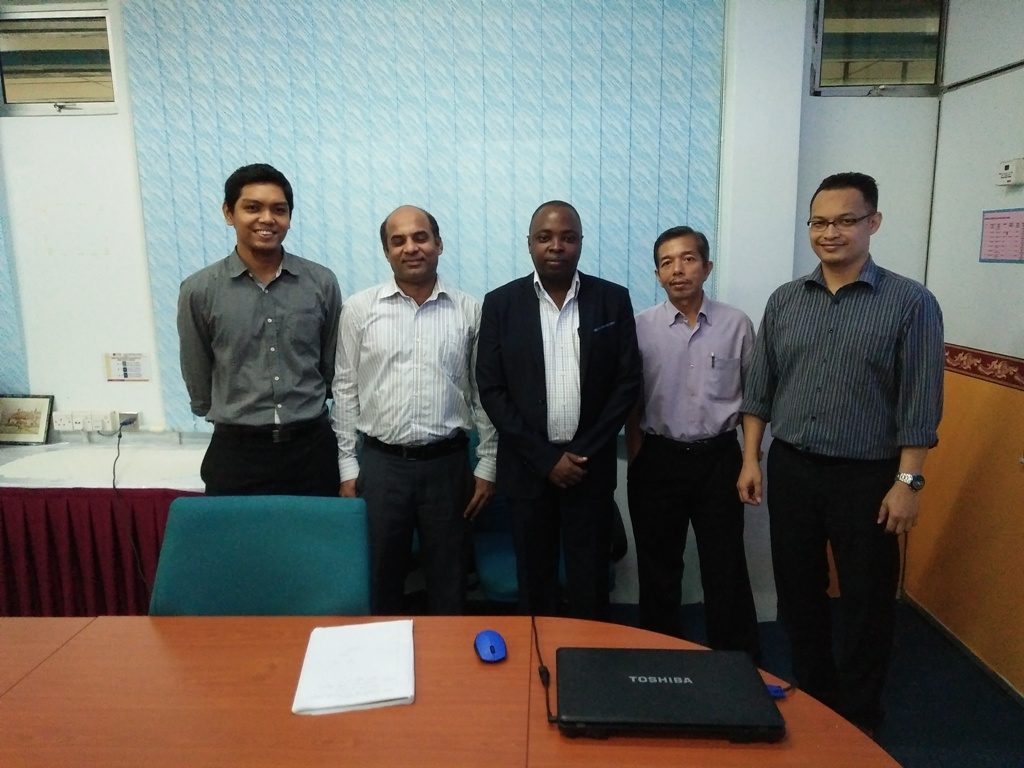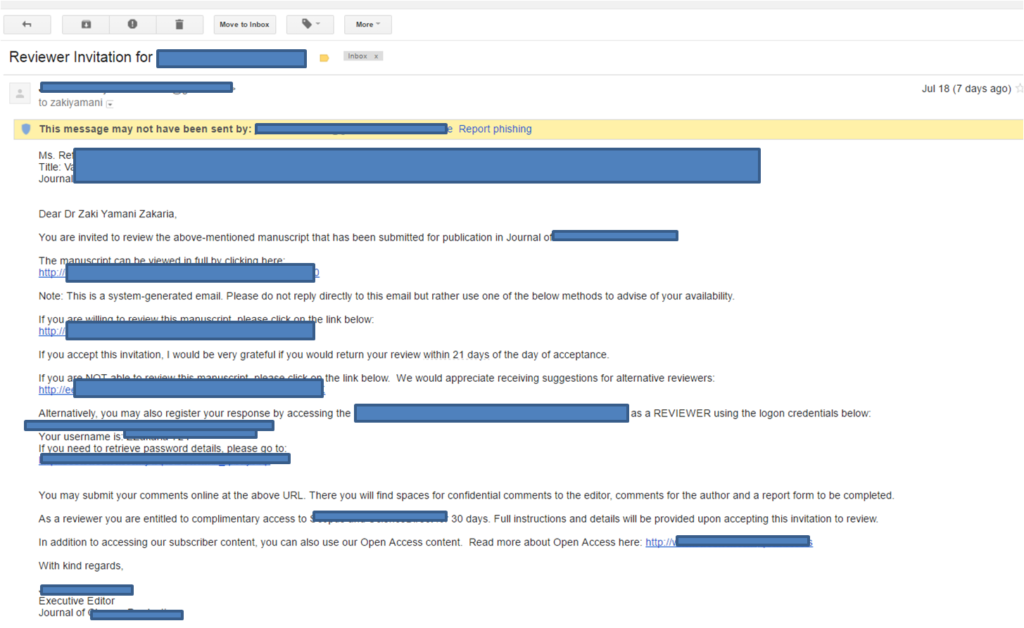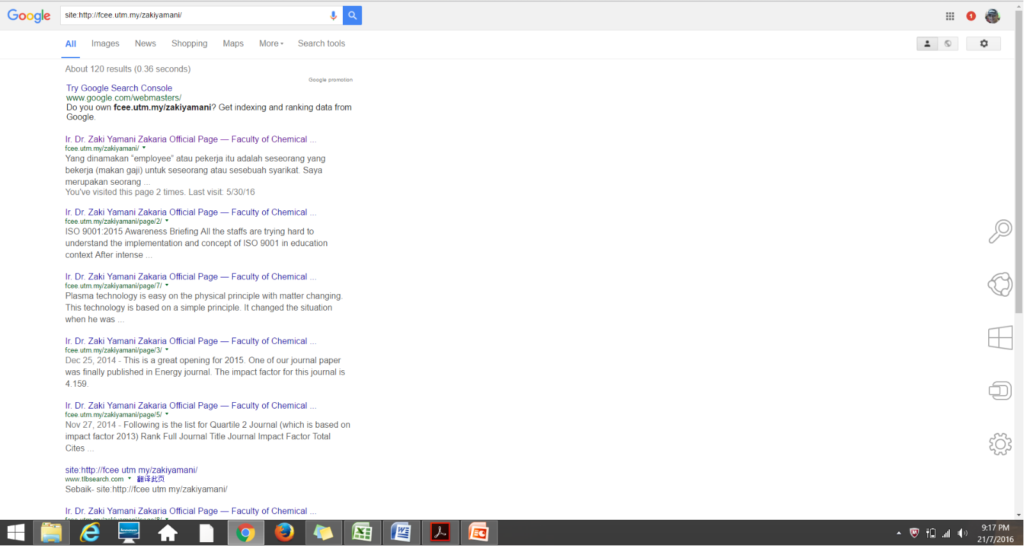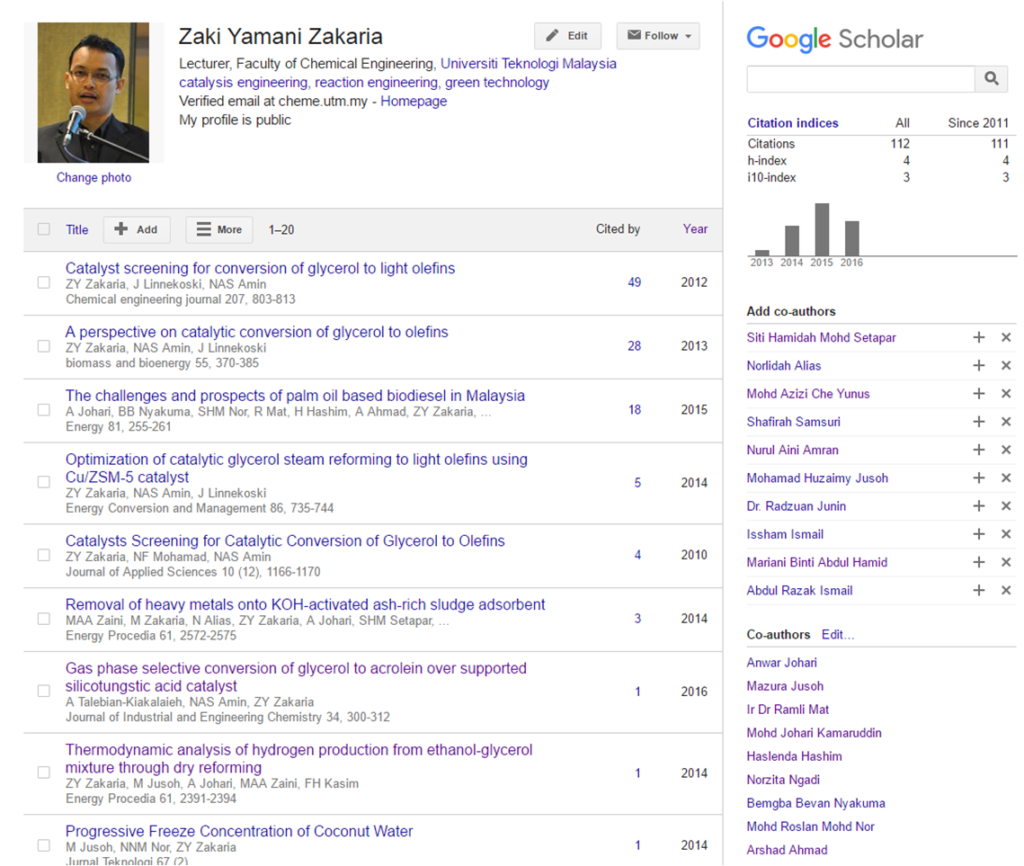As a lecturer, I faced various occasion that I am not comfortable with when dealing with students in my office room. From my short servicing years and a relatively longer one of my other half, we experienced several unpleasant moment with students, which leads to the compilation of this short article. Before that, let me explain that lecturer welcome students to their office, but the students need to know the etiquettes and limits. We gathered only 9. There may be more spectacular or unbelievable act of students that we do not experience. OK let’s not waste any time. Let’s dive into the 9 things student should not do when meeting lecturer in his/her office room.
1. Entering lecturer’s office room without knocking
This is pure basic polite necessity. When you enter anybody’s room, you must show respect by knocking the door to ask permission to enter the room. No need for rocket scientist brain to think of that.
2. Sitting on the chair without asking permission
What do you do when you attend an interview? When you were called, you enter the room and ask permission to sit in front of the interview panel. It should be similar practice when you meet your lecturer. Ask permission when you want to sit. I still do that when I meet my supervisor in her office, even though I am a lecturer, which simply means we are colleagues.
3. Playing or touching stuffs on lecturer’s table
Please show some respect to your lecturer. You are in his/her office. It must be interesting to be in the office. You see numerous interesting and exciting stuffs such as shiny medals/awards, working files, official letters, confidential documents, photo frames, attractive looking pen, stack of business card, latest gadgets and so on. You have no right to touched all those private items belonging to your lecturer. Just sit still and do just what you are supposed to do with your lecturer. Not touching stuffs.
4. Checking out/trying to see what is displayed on the lecturer’s monitor/laptop (without the lecturer asking to)
It’s annoying. Why you should be so interested in what is displayed? If you are not asked to see the monitor/laptop screen, don’t attempt to do so. If you do so, you are entering your lecturer’s sky zone, and that’s not good. However, if your lecturer ask you to do so, that’s perfectly fine.
5. Texting (SMS) while talking/discussing/consulting in front of the lecturer
This act is so rude, especially when your lecturer is showing you something or is looking at you, who require eye contact, you deviate your focus and attention towards your hand phone, replying SMS. Please don’t do this, or you won’t get your lecturer’s attention anymore after this.
6. Answering phone call while talking/discussing/consulting in front of the lecturer
Who is more important? You or your lecturer? Does your lecturer need you? Or you need your lecturer? Should the lecturer wait and listen to your telephone conversation? This behaviour is just like the previous one. You should show more respect. Silence your hand phone and focus on your consultation with your lecturer.
7. Meeting the lecturer unprepared
I believe it is not easy to meet your lecturer. They are very busy person with various tasks to perform, in and outside the office. So, when you managed to meet your lecturer, please make full use of the chance. You may want to ask something or consult your research direction (if you are a master or Ph.D student). Make sure you bring all the required information that can support the discussion and analysis. Don’t come unprepared. Come with full preparation.
8. Not knowing when to leave the office room
You are at your lecturer’s room. You have got the answer to your subject or research problem. However, you decided to stay longer, acting casual, wanting to chit chat with your lecturer. It is fine to have a brief mingle session. However, you need to know your limit. As stated earlier, your lecturer is a very busy person, with journal papers to write/edit, not to mention other countless KPI to accomplish. So, don’t take more time than required in your lecturer’s room. Know when you should leave.
9. Meeting lecturer nagging / begging for additional marks
Oh no… don’t do this. You should have prepared extremely well for your examination and test. When the marks are released and you get shocked starring at some numbers which you think you do not deserve, you frantically ramp into your lecturer’s office and begin the begging process, asking for that tiny little marks with just one reason, to improve your grade from C to B or from B to A and so on.
Perhaps other points lecturers or students would like to share?












